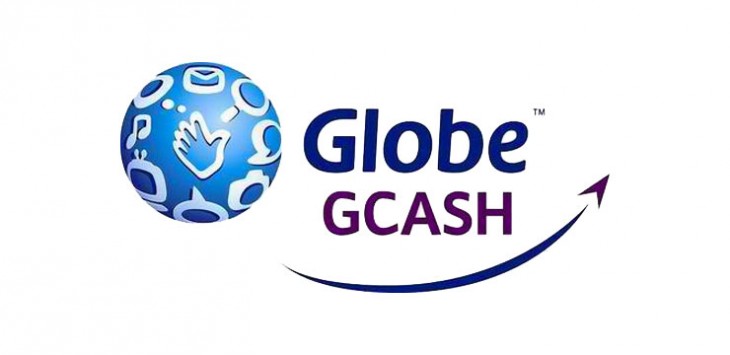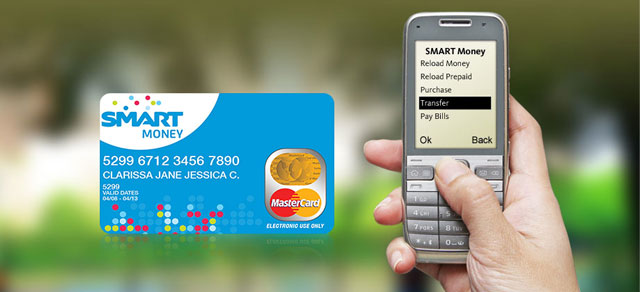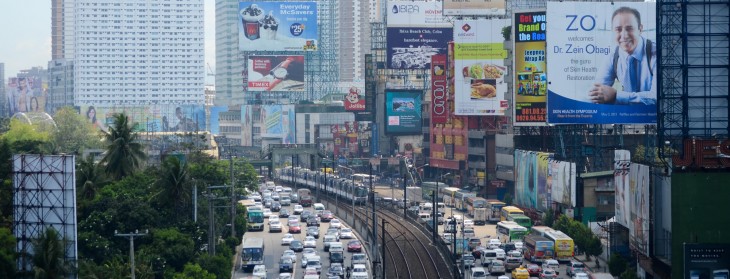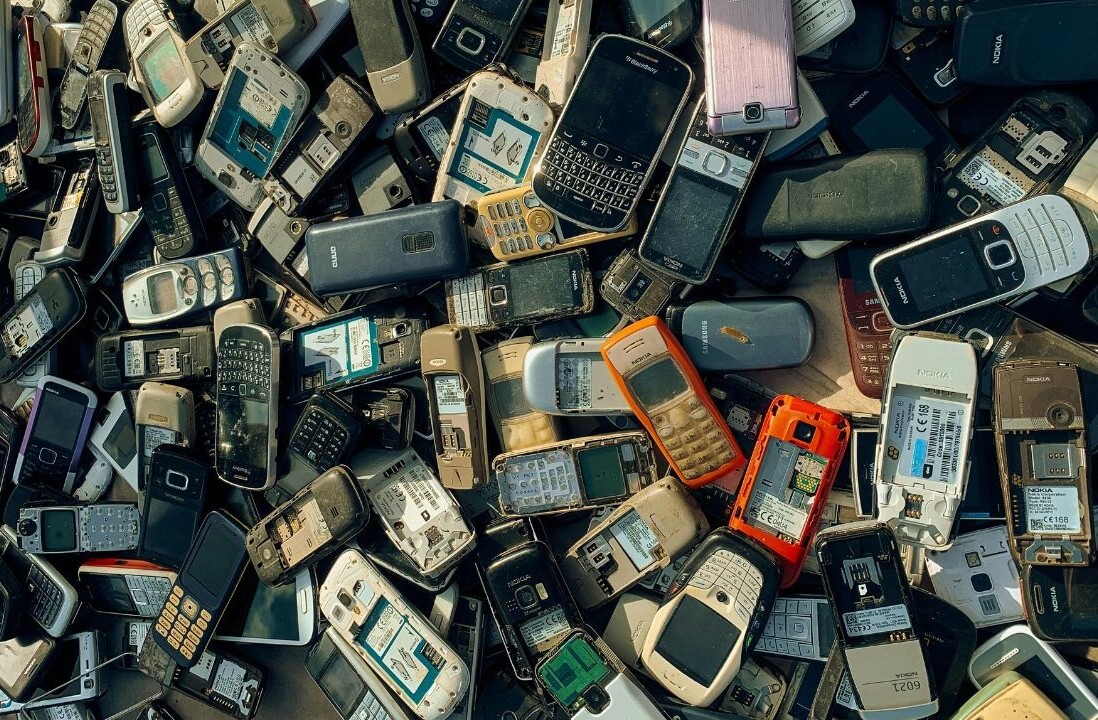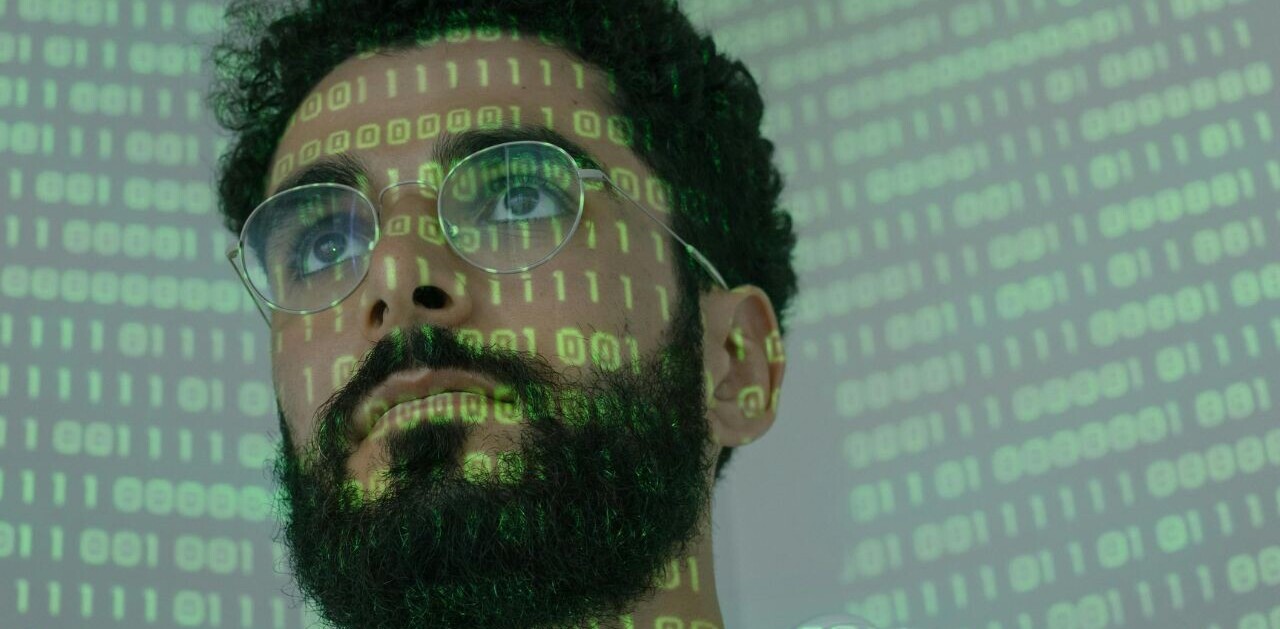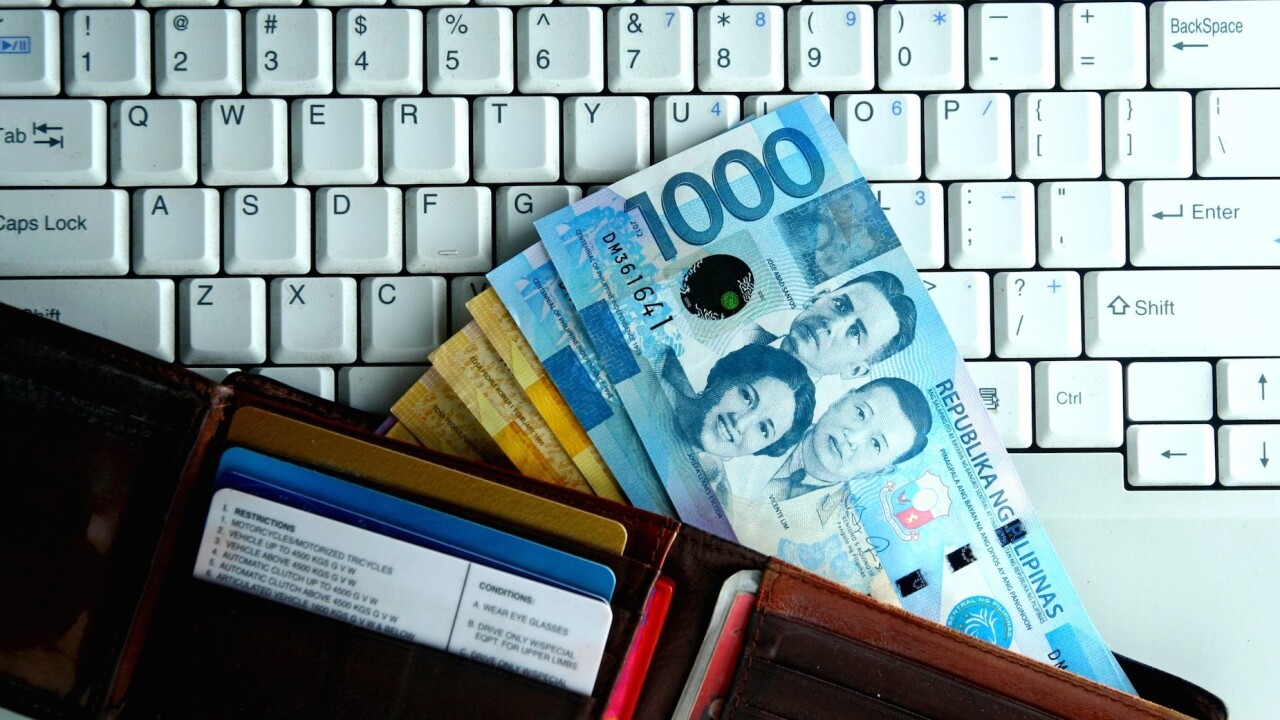
Luis Buenaventura is Head of Product at Satoshi Citadel Industries, a Bitcoin startup operating out of the Philippines.
It’s a little known fact that mobile money was effectively invented in the Philippines by Smart Communications. Its Smart Money solution, launched in 2001, predates the successful M-Pesa out of Kenya by a good six years. Even GCash, a similar service operated by the second largest telco in the Philippines, was launched three years before Safaricom’s pride and joy in 2004.
But although M-Pesa is clearly the runaway hit of the mobile money platforms (31 percent of Kenya’s GDP is spent on the back of their system), other services such as Millicom’s Tigo Cash in Latin America (launched initially in Paraguay in 2010), MTN Uganda’s MobileMoney (2009) and TrueMoney out of Thailand (2010) seem to be doing quite well for themselves too.
Meanwhile, GCash celebrated its 10th anniversary just this week by announcing a partnership with Kiva, a global crowdfunding platform for charitable giving. In its press release, Globe claimed it now had 3,000,000 users with GCash accounts, smaller than Smart’s own claims of over 10,000,000.
Yet independent research seems to indicate an active usage rate of less than 4 percent for Smart’s solution and closer to 1 percent for Globe’s. There are currently 100M Filipinos who own sim cards (i.e., everyone), making percentage-based comparisons quite simple, and the vast difference in reported and observed numbers is baffling.
GCash
In an attempt to understand the various solutions more fully, I found myself at a Globe Business center earlier attempting to create a new GCash account.
The form it asked me to fill out is mercifully short. Unfortunately, I wasn’t aware that the first step of the process involved me dialing a hotline and instructing the operator to enable GCash on my current Globe subscriber account.
“Surely,” I reasoned, “you could just do that for me, since I’m standing right here and you’ve already established with my IDs that I own the account in question.”
No such luck. The only way I could get this process started was by sitting in a corner of the business center and wait to be connected to a remote agent, even though I had just been talking to one in person, not five feet away. Feeling a little foolish, I decided to try again another day, but not before going through the list of tariffs.
“FREE” to deposit money into your own GCash account, it trumpeted, as if that was an unexpectedly generous gesture on the company’s part. Its other rates were straightforward enough: 2 percent to withdraw your money, and 1 percent to send money over the network to anyone else with a GCash account.
BanKo
Still GCash-less, I paid a visit to a nearby Tambunting Pawnshop, which is the primary entry point into the rather unique Globe/BPI/Ayala joint venture, BanKo.
Established in 2009, BanKo is an interesting beast – a bank designed from the ground up to have no physical establishments and to handle transactions purely through mobile phones. Cash deposits and withdrawals are handled by partners such as the aforementioned Tambunting, Generika Drugstores, and of course, Globe Business Centers.
The bulk of the peer-to-peer transactions are carried out purely through SMS, enabled, rather predictably, by the GCash service. (Additionally, users are given a card that works with about half of all local ATMs.)
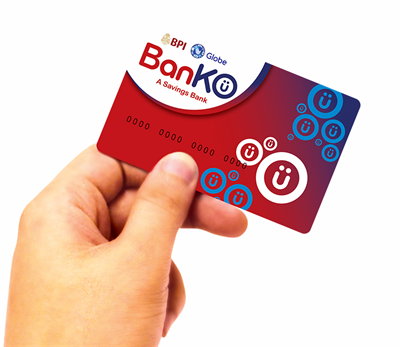
Its pedigree does tend to hold it back, however. Its entire stack relies on several things in order for it to work: 1) the customer must have a phone, 2) the phone must have a Globe number and 3) the Globe number must have an associated GCash account.
With each additional requirement, the set of potential customers grows ever narrower. Based on the research about GCash, only about 3 percent of Filipinos have it, and potentially less than half a million are actively using it.
Granted, that’s still (optimistically) a few hundred thousand citizens, who were previously unbanked and now have access to a more financially sound lifestyle. That is no small achievement. But if GCash/BanKo’s progress seems slow, it’s because it is, comparatively speaking. MTN Uganda’s MobileMoney hit 400,000 (and became cash-flow positive) within its first 15 months in operation, for instance.
My own attempt to open a BanKo account (and an associated GCash account) was sadly thwarted by a lack of available ATM cards at that particular Tambuting pawnshop. When I asked the agent when I could come back to try again, she just shrugged and informed me that they had run out weeks ago and had no idea when a new supply would manifest.
To hide my dejection, I perused its transaction fees again, and found similar tariffs as GCash’s. “At least that part makes sense,” I thought.
Smart Money
Unlike the Globe platform, Smart relies heavily on its Mastercard partnership for its own solution. For all intents and purposes, a customer only has an active Smart Money account after they have presented a government-issued ID, submitted to the KYC procedures, and importantly have received the physical ATM card.
Although I was successfully able to fulfill the first two items, I was advised that there would be a two-week wait before I could come back for the ATM card itself. In other words, I still didn’t have a working mobile wallet, after having filled out three separate KYC forms over a period of 48 hours.
Smart Money’s rate sheet is a litany of exceptions and exemptions. Fiat withdrawals are relatively cheap via ATMs (PhP5.00 to PhP15.00 for any amount), but are inexplicably expensive at Smart’s own stores (1 percent).
Remittance rates are also cheap (about 0.5 percent in the US$100 to $200 range), but it charges you for fundamental activities such as inquiring about your balance (PhP2.50) or paying for your bills (PhP7.00, for some utilities).
There’s also an interesting approach to internet security, which requires the user to send an UNLOCK instruction via SMS before they purchase anything on the Web using its card. The instruction costs PhP2.50 and must be done with every purchase, which depending on your outlook is either the most inconvenient security measure or the most effective deterrent to impulse-buying ever conceived.
Although all of the costs listed above are worth less than 25 cents in USD, they’re a solid deterrent to low-income users who are charged, essentially, nothing for using paper money. And based on the challenges involved in opening one of these mobile wallets, one has to wonder how many other people think it’s worth the trouble.
Bitcoin?
The question of whether there is room in the Philippines for Bitcoin as a mobile-money alternative has been with me for awhile now. The cryptocurrency’s usefulness for international remittance is obvious; our startup Rebit is practically marketing itself these days.
But Bitcoin used as an actual currency? That was a question worth pondering.
In some ways, it could be a very cost-effective competitor to GCash/BanKo and Smart Money. The blockchain provides bank-like security and Bitcoin itself can be transmitted via SMS-powered wallets with trivial-to-implement technology.
Additionally, it’s cheap to transfer, as the cost of a Bitcoin transaction coupled with the cost of the SMS instruction would be less than PhP3.00 (~US$0.06), for any amount.
The problem, of course, lies in Bitcoin’s price volatility.
The lack of stability in the exchange rate renders it completely unusable for the demographic that BanKo targets. Hell, it’s practically unusable for anyone except the well-to-do, to be brutally honest about it. The lack of a deposit/withdrawal network like the pawnshops would make Bitcoin intractable, but that is more of a business opportunity than an outright weakness.
Some weeks ago, a bill was proposed in Congress describing the E-Peso, a Bitcoin-like cryptocurrency that would be based on blockchain technology but, at the same time, be pegged to the Philippine Peso. In theory, it would solve the volatility issue, although it’s still too early to assess its potential impact, assuming it was passed.
The proverbial tough nut
It seems reasonable to say that the mobile-money problem hasn’t yet been cracked in the Philippines. For both telcos’ solutions, penetration seems high enough, but actual activity is statistically speaking quite low. Meanwhile, Bitcoin seems like a potential solution that is technologically superior while being both cheap to implement and cheap to use, but its Achilles Heel has yet to be solved.
Whichever solution eventually wins out, it’s inevitable that our finances in the Philippines, much like our information and our entertainment, will shift substantially towards phones over the next few years.
That it hasn’t happened already remains, at least for now, a mobile mystery.
Image credit: Shutterstock/junpinzon
Get the TNW newsletter
Get the most important tech news in your inbox each week.
